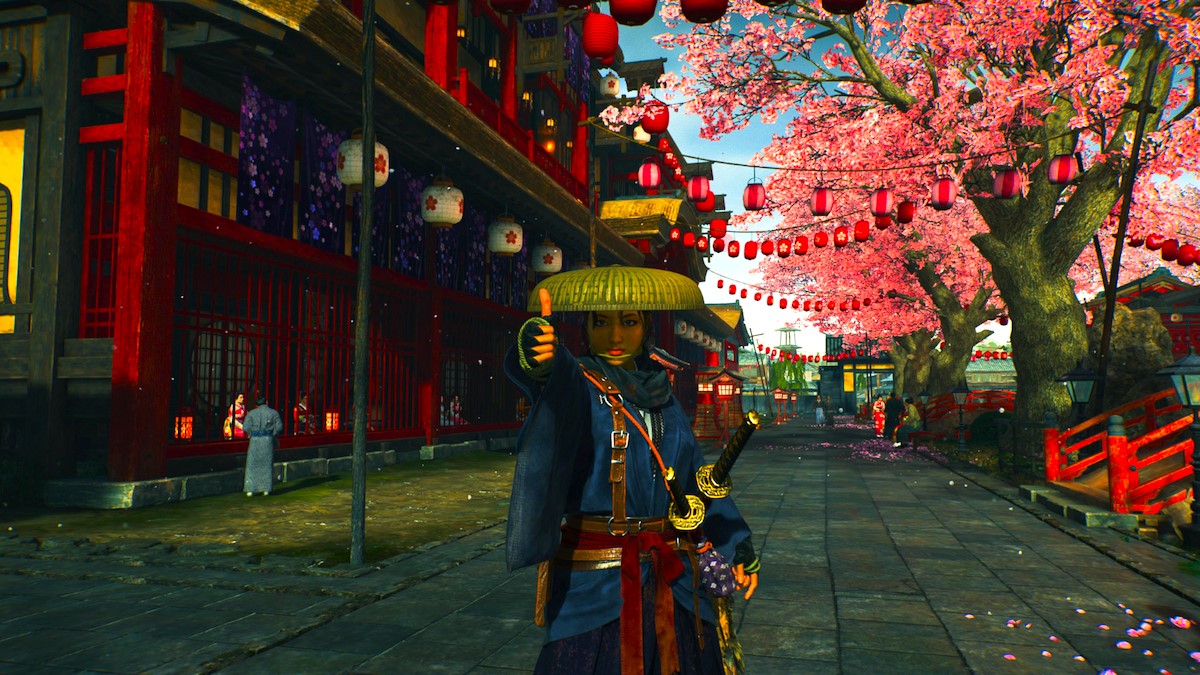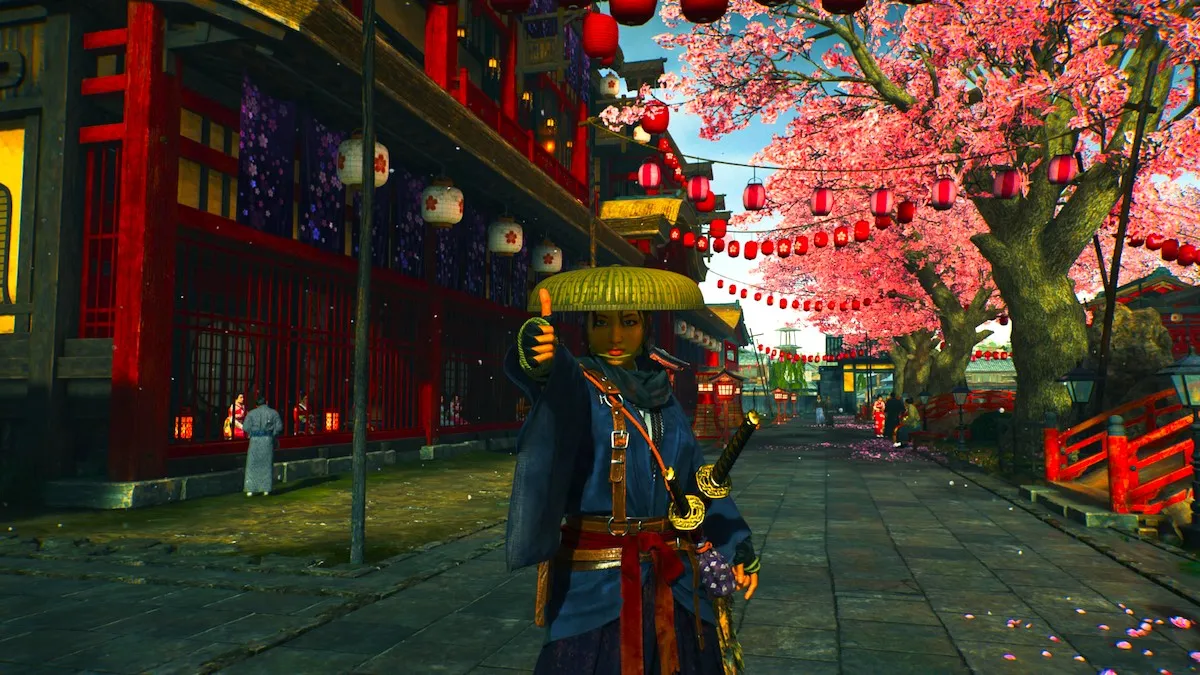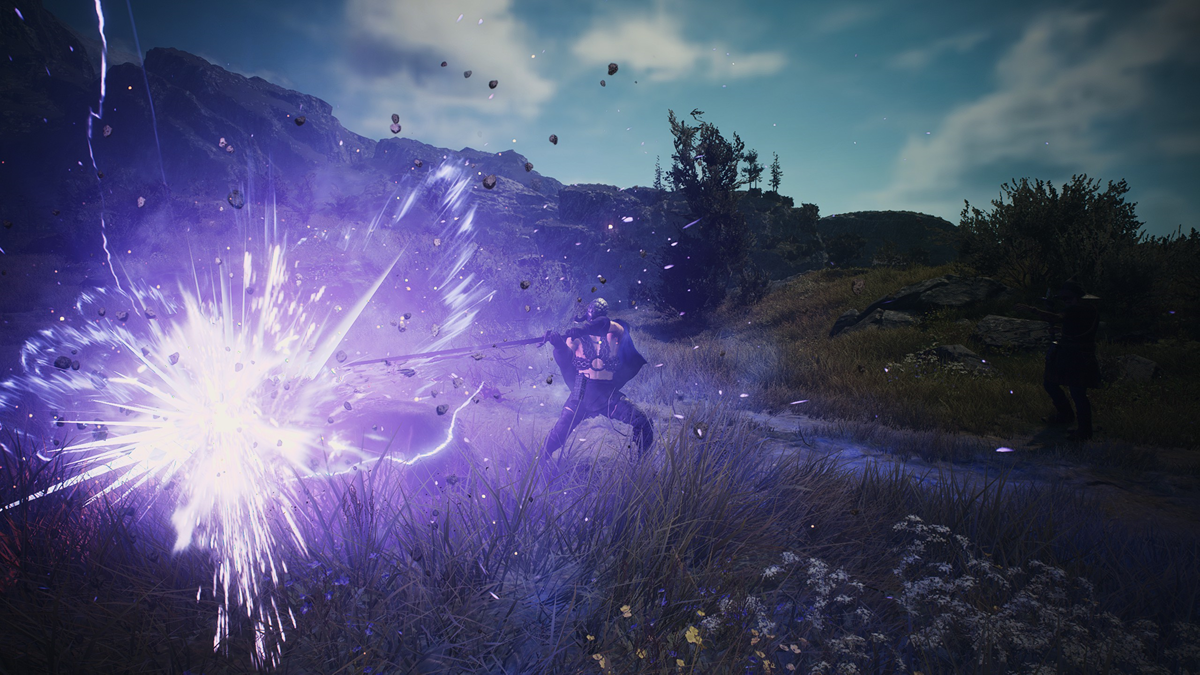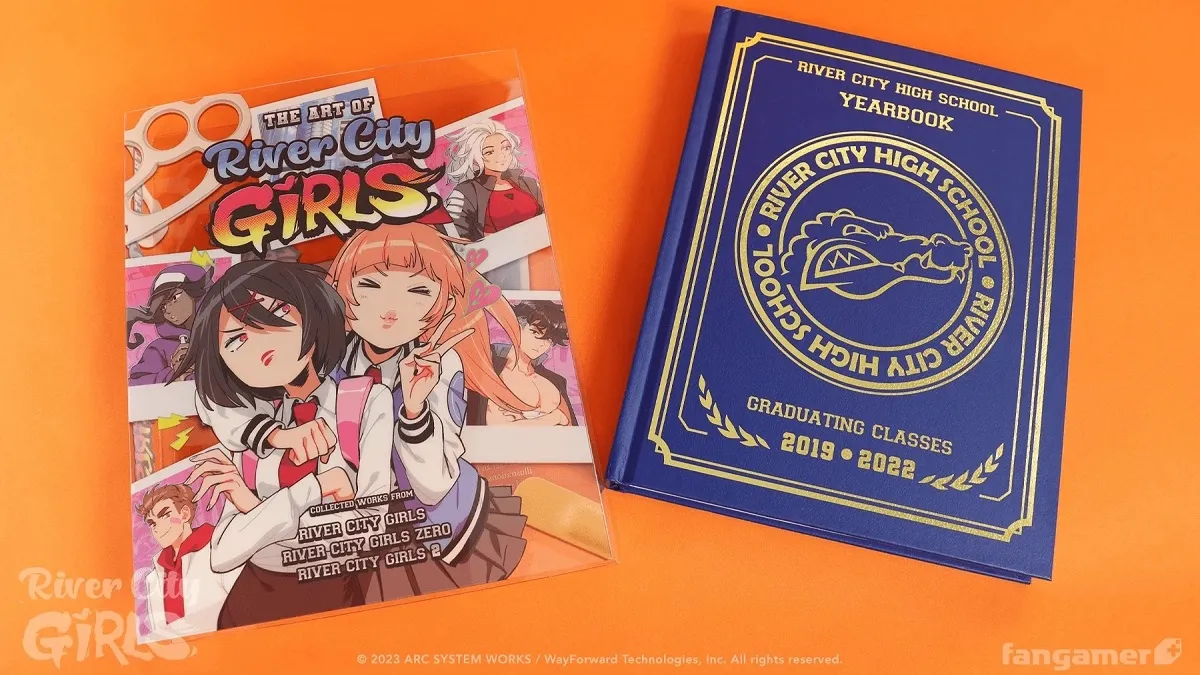After spending considerable time hacking and slashing, Rise of the Ronin has made one thing clear to me: Simple is best. Maybe it’s not over the top with graphics. And yes, some characters can be pretty one-dimensional, but it makes up for it with its entertaining gameplay and combat.
Rise of Ronin happened to land on the same day as the Dragon’s Dogma 2 release, and I couldn’t help but make some comparisons. While Dragon’s Dogma 2’s gameplay was incredibly vague with details, Rise of the Ronin steers you in the right direction almost every time. That’s not to say that one is better than the other; it’s just that sometimes I don’t feel like using that extra brain power for one measly mission.
I’ve noticed many recent games avoid user-friendly mechanics, either upping the ante with enemy spawns or flat-out not telling you the next step. For the most part, I understand the reasoning behind it. The pleasures of completing those exigent quests all on your own is what dreams are made of. However, I don’t mind a few hints here and there, especially with enormous maps. Rise of the Ronin, fortunately, delivers on that front, giving me a break from the occasional strenuous action RPG. There are no headaches when finding specific objects, nor is there too much concern about quest-related content.
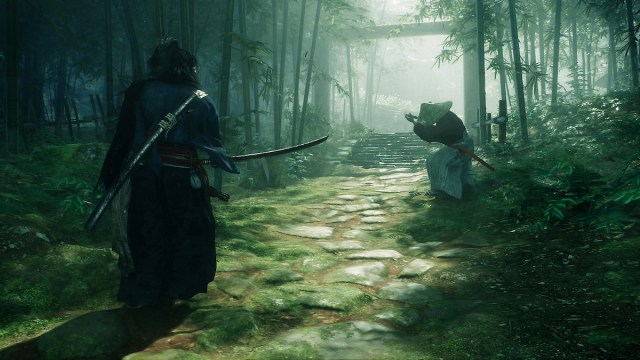
Rise of the Ronin (PS5 [reviewed])
Developer: Team Ninja
Publisher: Sony
Released: March 22, 2024
MSRP: $69.99
The story is set in 19th-century Japan when the Black Ships of the West docked on the nation’s borders. This caused a state of terror for the region where East and West clashed. As a Ronin, you’ll initially choose between two factions: Pro-Shogunate (the government) and Anti-Shogunate, as well as a Western group that comes a bit later. Your choices determine the fate of the war, helping one side over the other.
One of the things I truly enjoyed here is that your journey can be shaped based on the missions you choose, in addition to the dialogue choices. Depending on which one you select, you will increase or decrease your loyalty to specific factions. I went with the path of sticking it to “the Man,” going against the oppression that originated from the authoritarian government.
Whichever path you choose, violence will always follow. There’s always some fearsome foe to take down, whether it be for a faction-based boss or saving a helpless citizen on the way to town. Although it can be a bloody mess, Rise of the Ronin’s combat is both challenging and fun to master. There are multiple weapons, including swords, dual weapons, guns, shuriken, and many more. It’s interesting to see a samurai wield a gun, but that goes to show how diverse the game’s weaponry can be.
Every weapon offers a different Combat Style to master, providing techniques for almost any player. In particular, the Shinto Munen-ryu utilizes sword strikes with an emphasis on speed, while the Taneda-ryu excels with slower-moving spear attacks. Since there are so many choices with weapons and styles, it didn’t take me too long to get the hang of its combat. At first, it can be pretty stiff in movement, but it gradually becomes more fluid and responsive the more techniques and skills you unlock.
You’ll need to change up your weapons many times, as various enemies will have different weaknesses. This makes it more challenging to get used to unfamiliar tools. But the real fun part is unlocking special attacks and weapon affinities. One of the most satisfying techniques I found was deflecting enemy gunfire, which results in a burning effect on a weapon. It basically makes you OP for a limited time, as you swing around a lightsaber-esque sword. Special attacks are just as fun to initiate, too, since they go beyond a simple thrust of a sword. For instance, the Chi Yagyu Shinkage-ryu style throws pieces of paper to distract the enemy, allowing a rolling attack to ensue.
Characters you meet along the way can join you in these fights for the more demanding battles. They make for great allies on the battlefield, taking down any enemy on sight. If you want to switch things up or your character has fallen, you can take control of these party members when applicable. This option was beneficial, considering I could rely on them whenever things went south.
Besides the combat, Rise of the Ronin’s historical elements are another reason I became so engrossed in the game. It discusses the real-life events that transpired in Japan during 1863 and beyond. Key historical figures, such as Tokugawa Yoshinobu (a Shogun) and Kusaka Genzui (a samurai), are also a part of the story. In return, I learned quite a lot about Japan by the end of it, and the influences the US had during this time.
As I mentioned in my early review of the game, I firmly believe history can be taught through video games. It’s one thing to read about it in books, and it’s entirely different to experience it virtually in video game form.
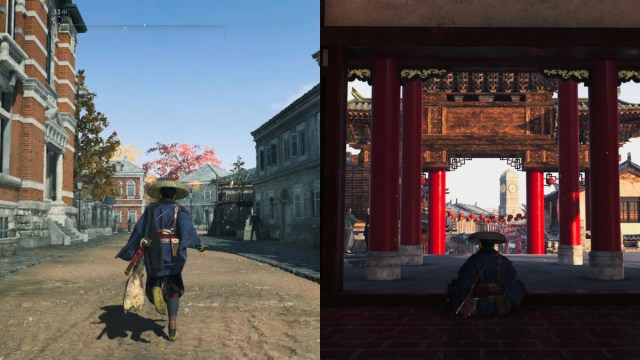
At the same time, history can change based on your decisions. Dialogue choices mainly impact the various factions and their influence on the region. If you have a preferred choice of a group, it can be easy to make most decisions. On some occasions, choices can be a tad too easy, frequently leaning toward a general “yes” or “no.” It can still be challenging to make, though, when it’s a matter of life or death, meaning an ally could die from a crucial decision.
While Rise of the Ronin’s historical value is its shining aspect, gameplay never takes a backseat. I’ve spent almost 60 hours in-game, and it never feels like I’ve reached its end. Every area has side content, making it challenging to stick to one task. One minute, I’m battling a horde of Pro-Shogunate forces, while the next, I’m petting an adorable feline up on a roof. Because the gameplay was so diverse, I never felt quests were a chore.
Each region presents more characters to meet, resulting in more side quests. The cast is sort of a hit-or-miss for me since some can have more impactful stories than others. At times, characters can be cut and dry, only needing something from you and never really having much else after. Then, there were moments when I truly enjoyed their company because of some funny joke they said or when having a nice chat.
I especially liked conversing with Igashichi Iizuka as he presented new gear to try out for battle and exploration. The helpful tools you earn add more to Rise of the Ronin’s user-friendly elements. For example, I initially had trouble spotting enemies at the beginning until a device provided a layout of the land. Mission waypoints are also direct and to the point, which I greatly appreciated.
During these explorations, I did notice some wonkiness in Rise of the Ronin’s graphics. Shading and coloring can sometimes seem a bit off, but it didn’t deter me. There are plenty of stunning environments to admire, from the lush greenery of the forest to the accurate architectural designs. The unlockable emotes make photo mode much more entertaining, setting the scene for a perfect shot. NPCs react to these gestures, too, and I couldn’t stop experimenting with each one to see what they would do. The “Woe is me!” emote is a personal favorite, especially if I need to unleash my sorrows after a shameful defeat.
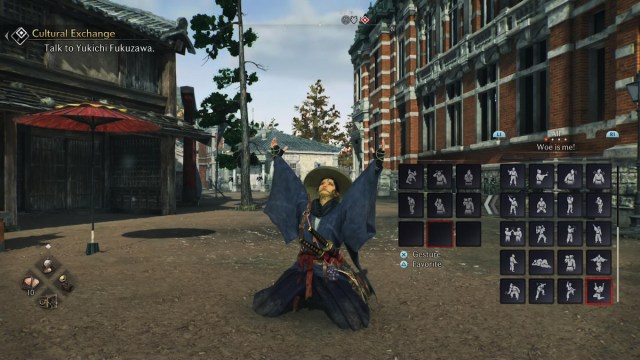
With Rise of the Ronin, everything you see is what you get, and I like it that way. Too often, I’ve been caught in the web of a series of intertangled lore, complex mechanics, or overdemanding battles. The various difficulty options are also excellent for any player. I’m not the greatest samurai, so having the easy-to-manage Dawn difficulty made it more inviting as an amateur. Maybe one day, I’ll master the art and test the waters with the higher ranks.
Whether you are a history nut or an action RPG lover, Rise of the Ronin should be your next choice in a game. You’ll have fun dicing up your enemies while learning about Japan’s rich culture. It’s the perfect combination of the two, and I hope to see more entries like this to dive more into historical content.
[This review is based on a retail build of the game provided by the publisher.]
